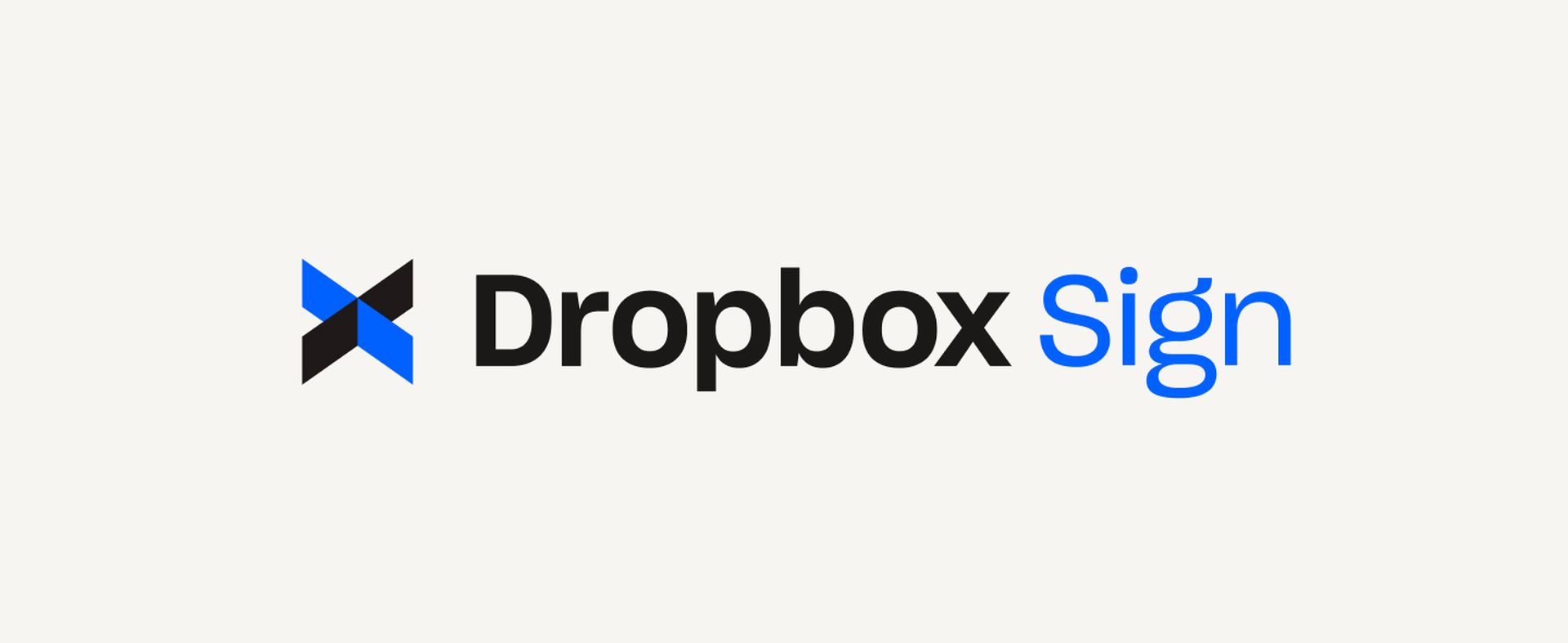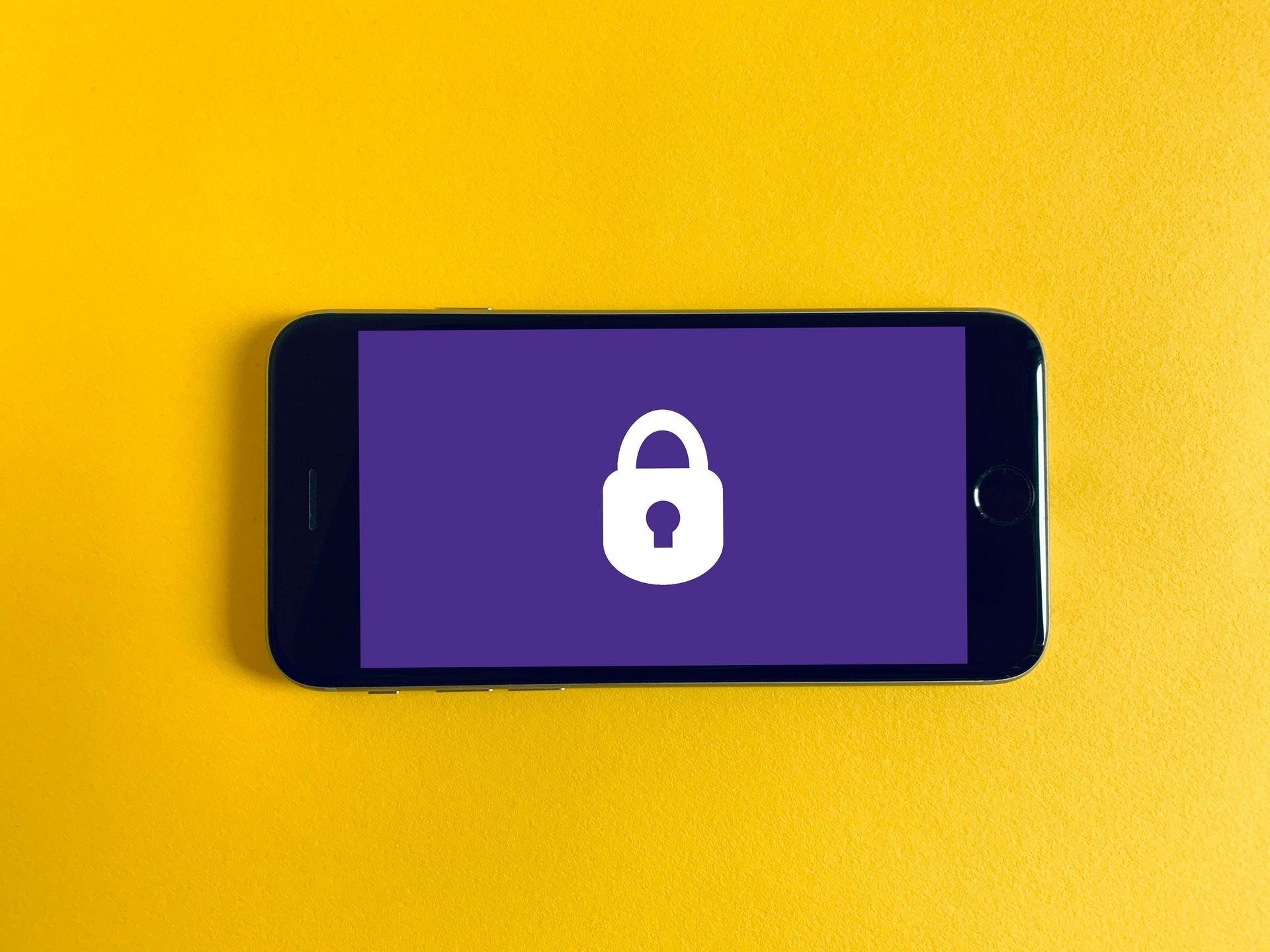The recent Dropbox Sign attack has raised significant concerns about the security measures of cloud-based services, particularly those handling sensitive digital signatures and documents.
This incident not only underscores the vulnerabilities inherent in digital platforms but also highlights the broader implications for e-signature solutions and data privacy.
Nevertheless, Dropbox’s special attention to users and user-friendly attitude, as well as additional security measures, prevented this attack.
Understanding the Dropbox Sign attack
Dropbox, a widely used file hosting service, experienced a severe security breach that specifically targeted its e-signature service, Dropbox Sign. Formerly known as HelloSign, Dropbox Sign was revamped in November 2022, shedding its old identity possibly to distance itself from past data security issues. However, the recent attack has brought to light that even rebranding and system overhauls may not be enough to fend off determined cyber attackers.
The Dropbox Sign attack was first detected on April 24, when unauthorized access to customer data was discovered. The attackers managed to access a wide array of personal information, including email addresses, usernames, phone numbers, and even sensitive authentication details like API keys and multi-factor authentication credentials. This breach was particularly alarming because it exposed not only the users of Dropbox Sign but also third parties who interacted with the service without full accounts. Dropbox shared a blog post about the situation.

The Response and remediation
Dropbox’s response to the Dropbox Sign attack was swift. The company activated its cybersecurity incident response process to contain and remediate the issue. Measures included resetting passwords, logging out users from connected devices, and restoring all compromised API keys and authenticator tokens. Despite these efforts, the breach has left many questioning the long-term security implications for their personal and business data stored on the platform.
Broader implications for cloud security
The Dropbox Sign attack serves as a stark reminder of the persistent threats facing cloud services. Dropbox’s infrastructure, while fragmented in a way that may have limited the breach’s scope, still fell victim to a sophisticated cyber-attack. This incident highlights the need for continuous advancements in cybersecurity measures to keep pace with the evolving tactics of threat actors. The fact that the attack was contained without evidence of access to users’ content or payment information does offer some relief. However, it also prompts a critical evaluation of how cloud services manage and protect user data, especially in services handling legal documents and contracts.

Lessons and looking forward
The Dropbox Sign attack is not just a wake-up call for Dropbox but for all entities relying on digital platforms to conduct their business. As technology continues to advance, so too do the capabilities of cyber attackers. This incident exemplifies the ongoing cat-and-mouse game between cybersecurity professionals and cybercriminals. Dropbox’s ordeal underscores the importance of robust security frameworks and the need for constant vigilance and improvement. Other tech companies must take note and reinforce their systems to prevent similar breaches.
Meanwhile, users must remain vigilant and proactive in securing their digital footprints. As we move forward, the lessons learned from the Dropbox Sign attack will undoubtedly contribute to stronger, more resilient cybersecurity strategies. The balance between leveraging cutting-edge technology and ensuring data security is delicate but essential for the trust and reliability of digital services in our increasingly connected world.
Featured image credit: FlyD / Unsplash





